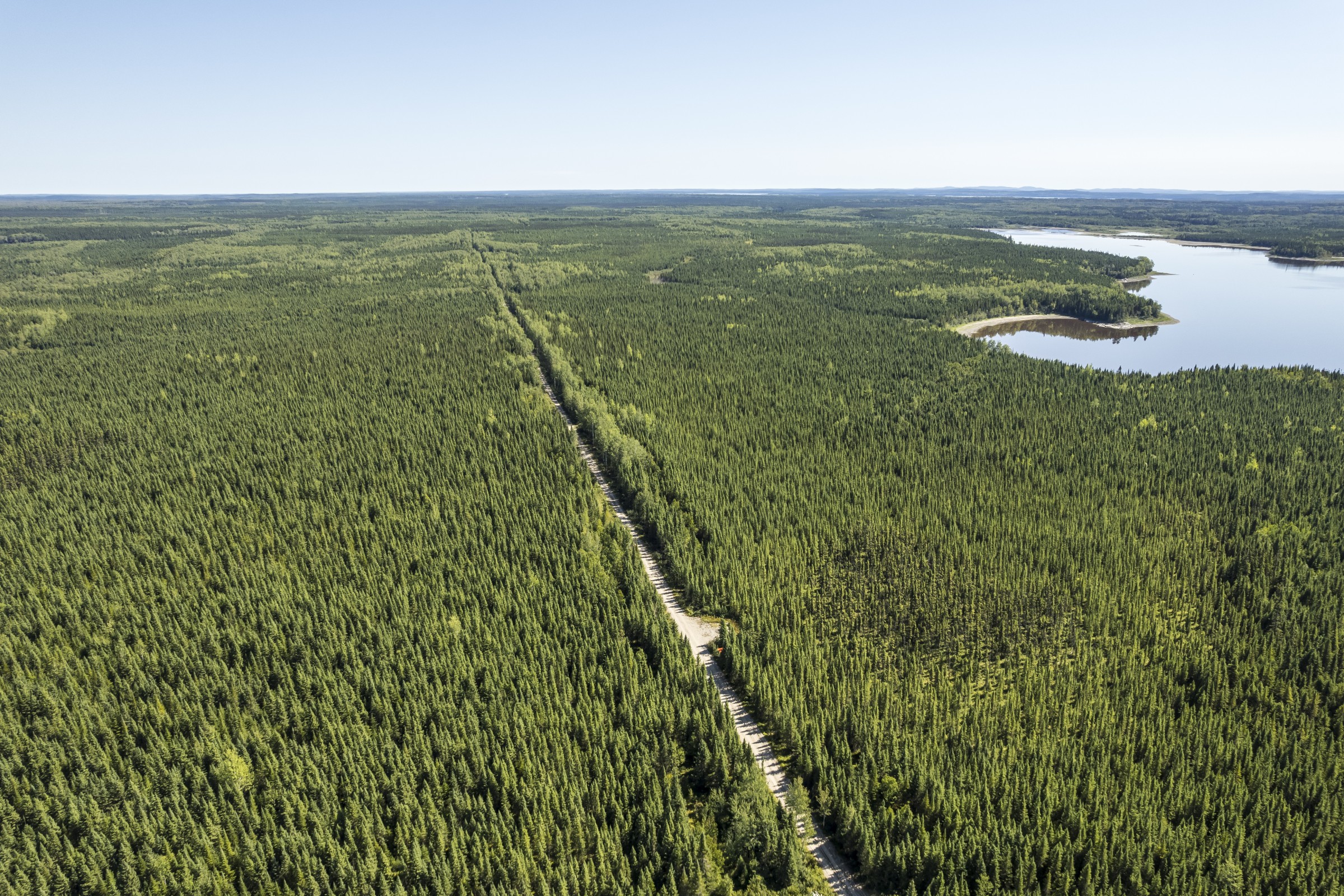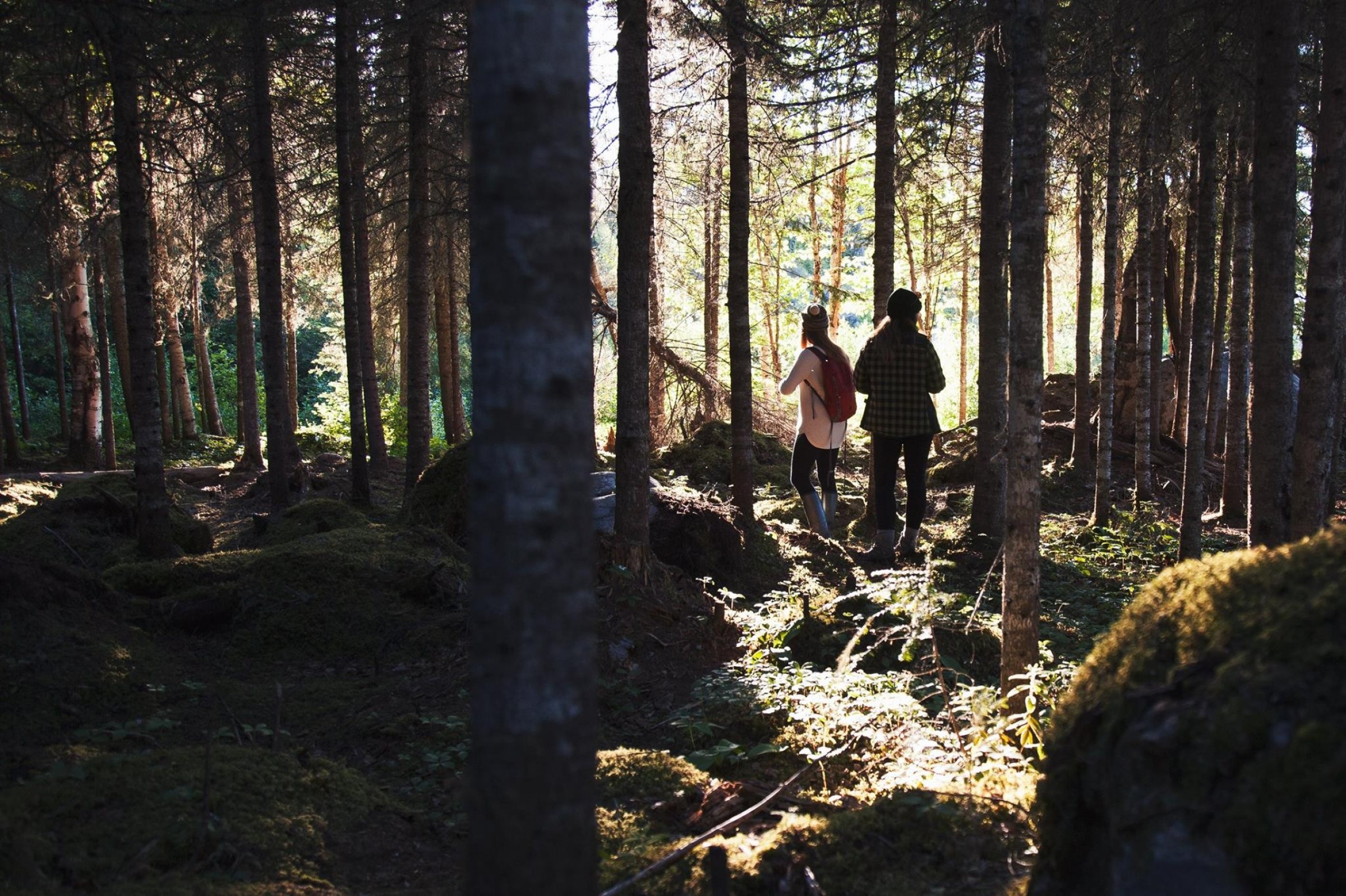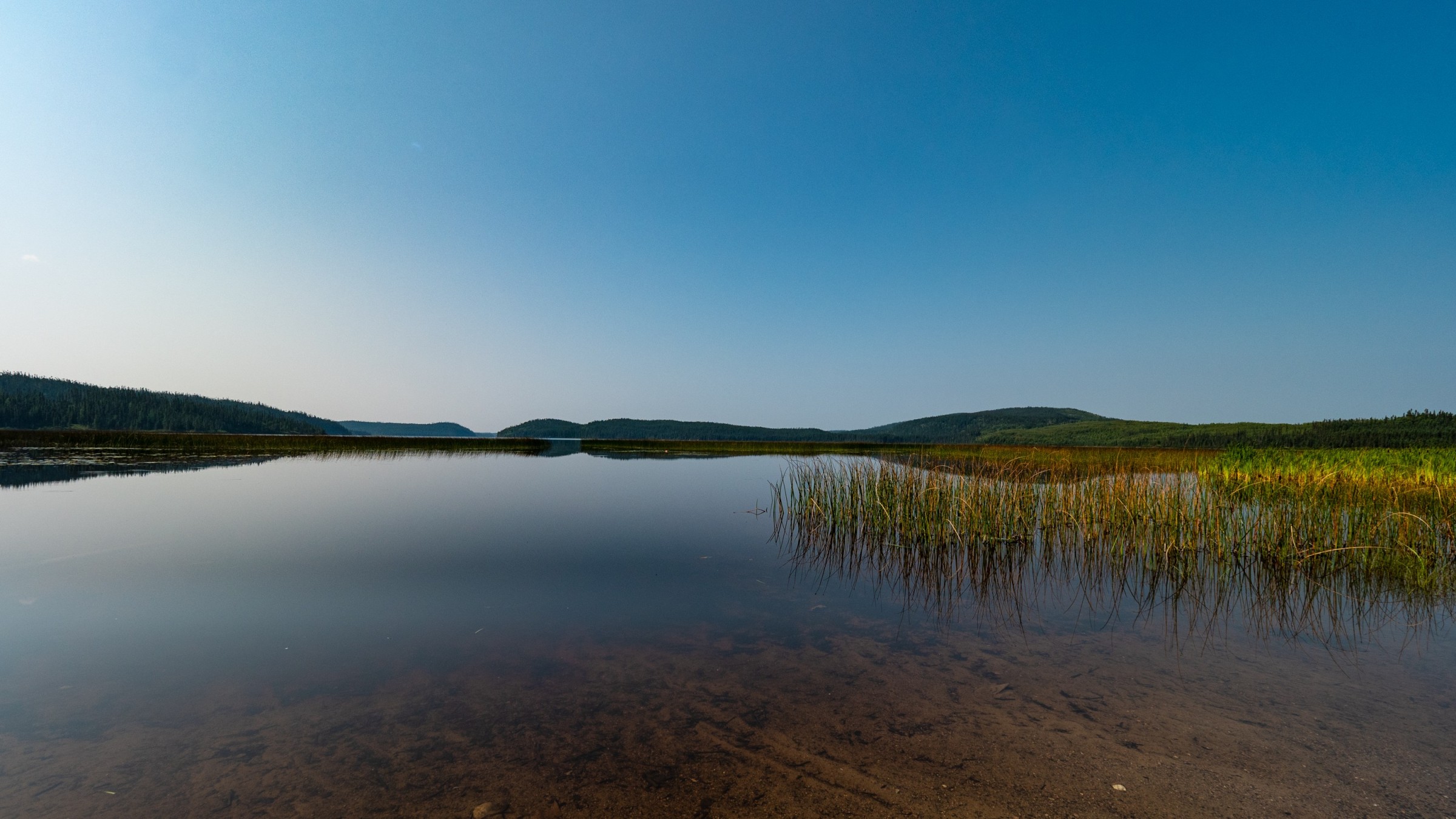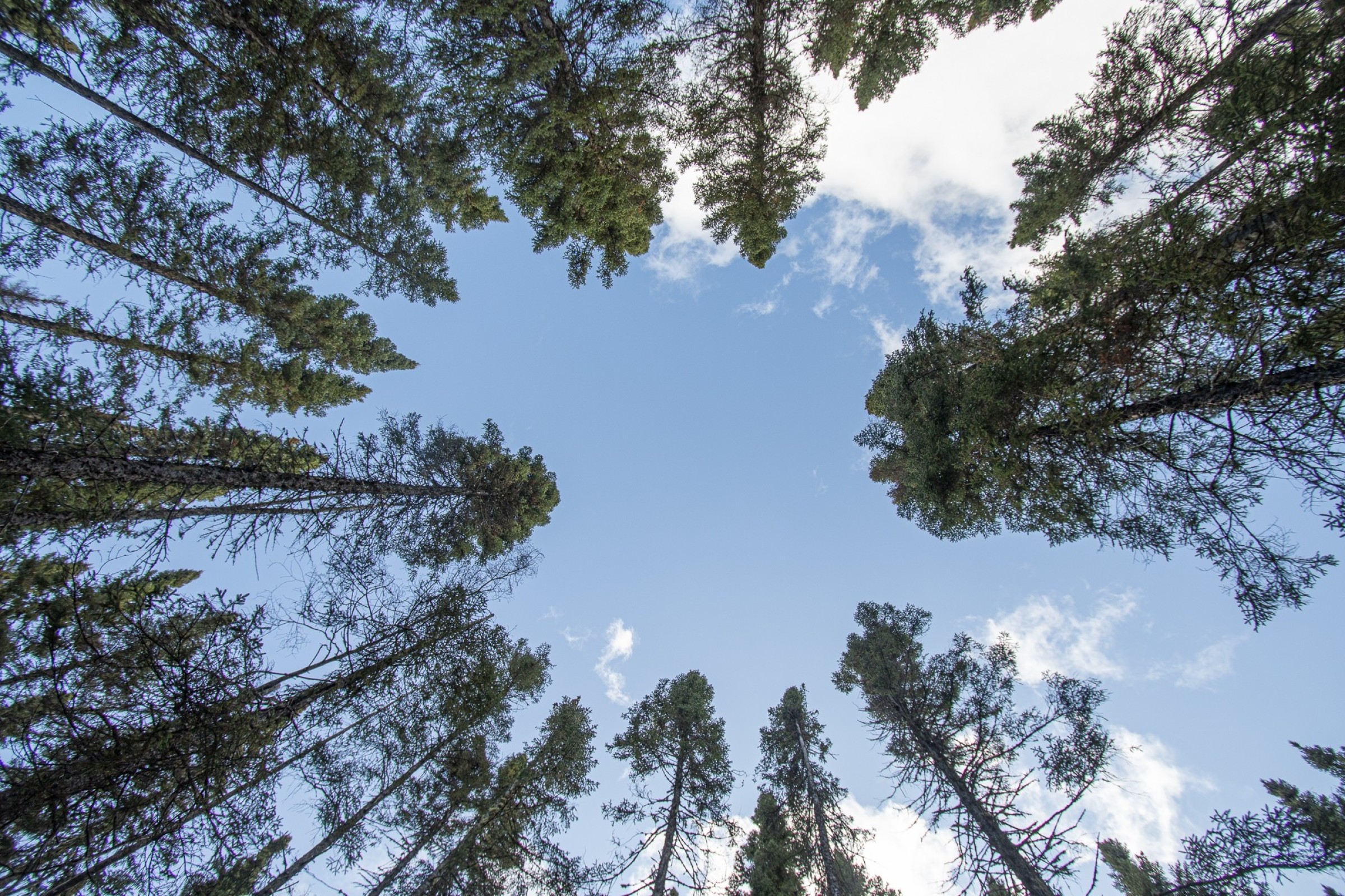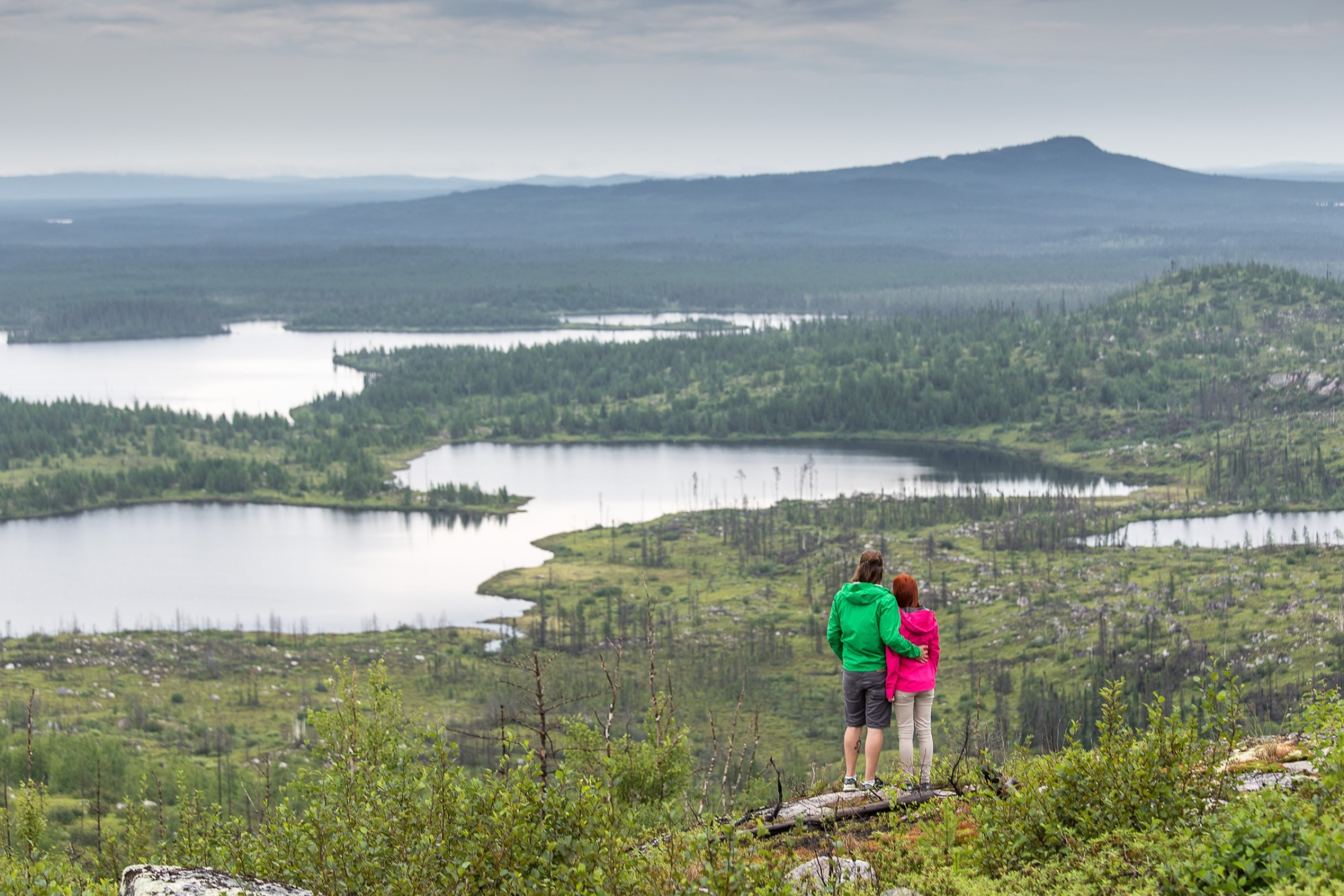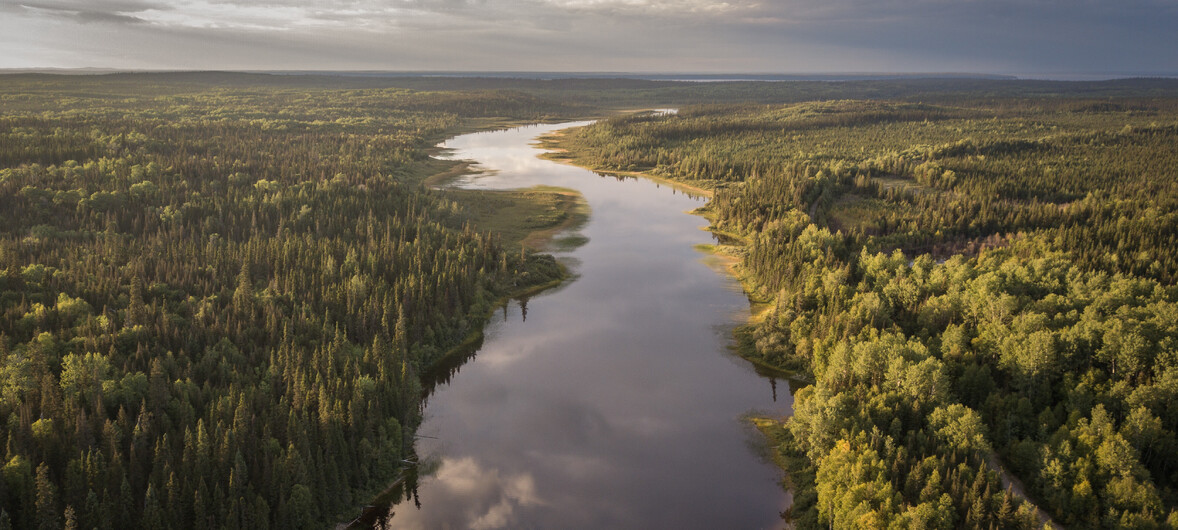
Mr. Sansflamme explains forest fires
The new 2024-2025 tourist guide is finally here! Order your copy or download it!
Mr. Sansflamme explains : Forest Fires
Forest fires are a phenomenon as fascinating as they are devastating. These powerful fires can consume millions of hectares of land in a very short period, leaving behind a transformed landscape. But how do these fires start? And, more important, how do we stop them?
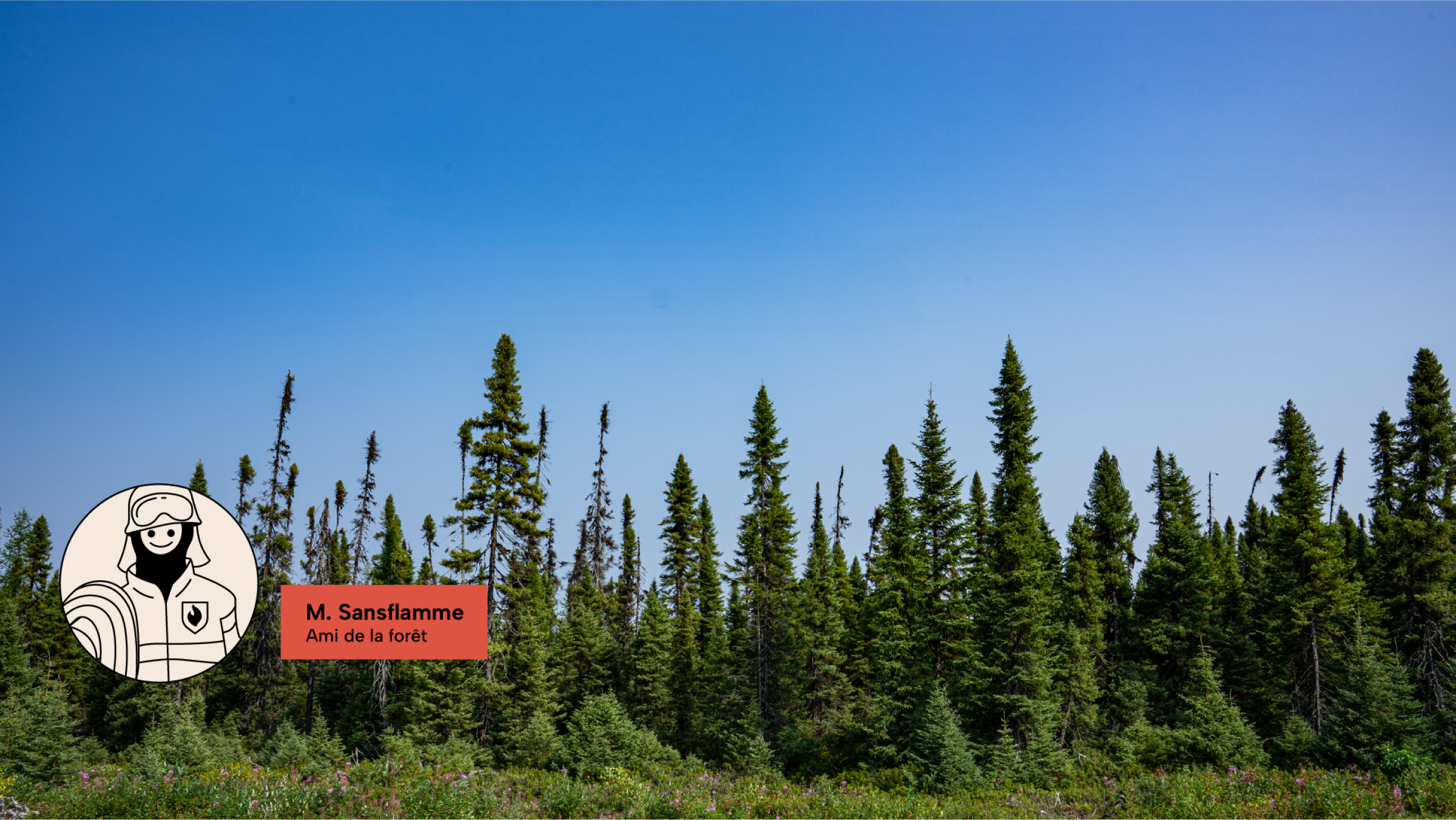
Your guide: Mr. Sansflamme
Allow me to introduce myself. My name is Mr. Sansflamme, and I'm a passionate fan of the region of Eeyou Istchee Baie-James and a great friend of the forest. As an informed guide, my mission is to help you demystify the phenomenon of forest fires.
Together, we will explore the many secrets behind these powerful fires. We will plunge into the heart of these flames to understand how they are born, how they are fed, and how they can be controlled.
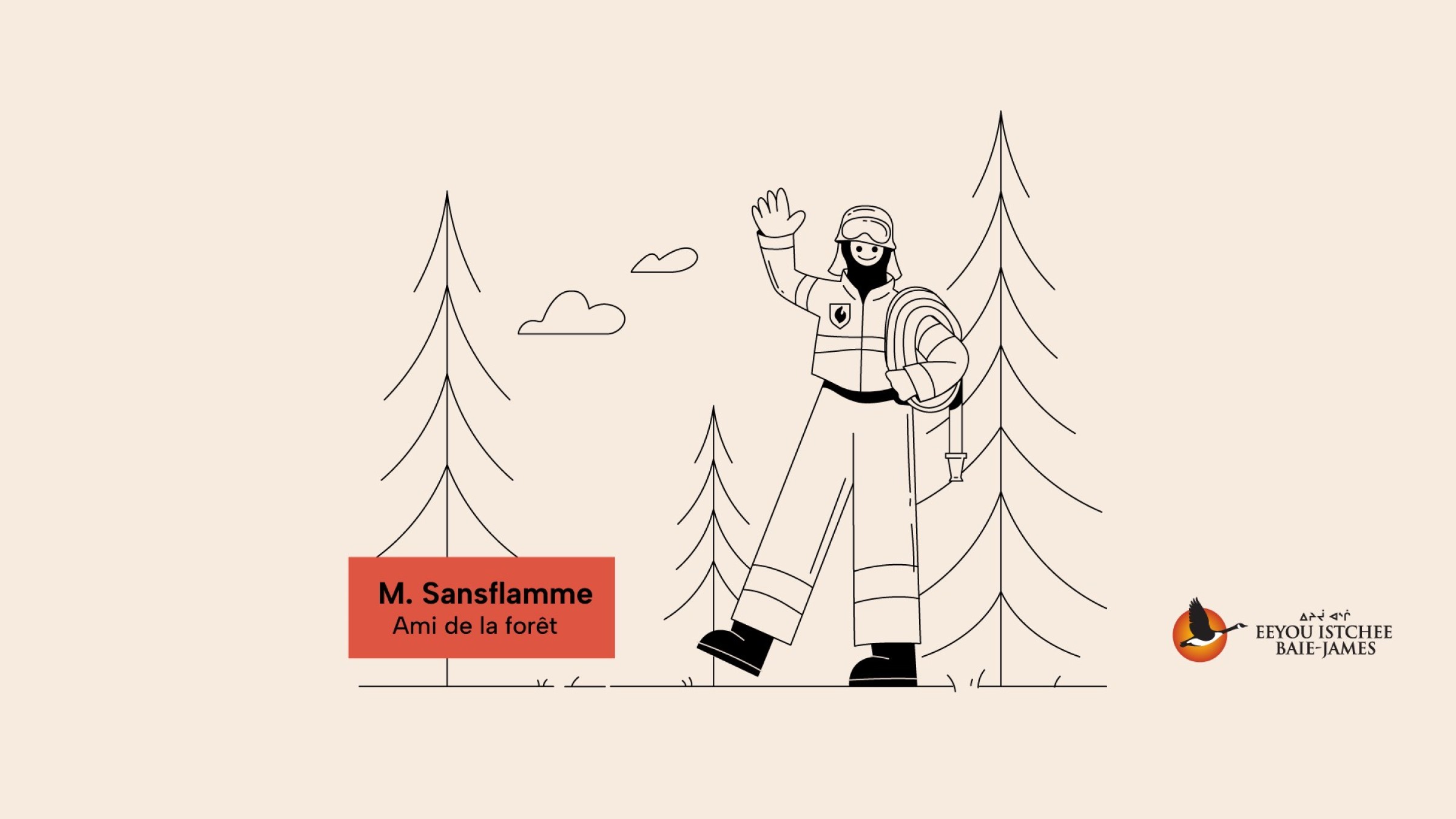
The Québec forest-fire season
In Québec, the forest-fire season is from April to October. In spring, there may be an increase in the number of fires, with surface fires predominating as the ground rapidly dries out.
Later in the year, attention shifts northwards, where coniferous forests experience more intense fires. As autumn approaches, the south once again becomes a high-risk area, with dry vegetation providing ideal fuel for fire.
How do forest fires start?
All forest fires start with a spark. Three things are needed to get it started: fuel (any combustible material), oxygen, and a source of heat. These three factors form what is known as the “fire triangle.”
There are three categories of forest fires, each with its own characteristics and challenges:
Surface fire: This insatiable predator devours the twigs, grasses, and branches that cover the forest floor. It is wind-driven and can move at dizzying speed, gobbling up even mature trees in its path.
Deep fire: This insidious fire attacks tree roots and organic soil. It can burn for a long time before being detected and is characterised by its slow spread.
Crown fire: This is the king of forest fires. Spreading rapidly through the foliage of trees, it leaps from tree to tree through the crown, creating an aerial inferno that is particularly difficult to control.
Are humans fire-starters?
But who lights these fires? The answer may surprise you. About 75 % of forest fires in Québec are caused by human activity. An unwatched campfire, a carelessly discarded cigarette, reckless fireworks or even an off-road vehicle can ignite a fatal spark. However trivial they may seem, these actions may have a major impact on the surrounding area. Flames from these fires can travel at more than 24 kilometres per hour, covering one kilometre every four minutes. That's why it's critical that you stay alert when you engage in activities in the great outdoors.
How do we stop forest fires?
Imagine that you're looking up at the clouds when, suddenly, a massive shadow crosses the sky. An air tanker, truly a colossus of the skies, dives into a lake and, in a matter of seconds, fills its tank with thousands of litres of water. It's a scene you'll never forget, a testament to the fierce battle waged by our firefighting heroes against forest fires.
Our fire specialists use a wide range of strategies to protect our forests. Armed with courage and determination, they brave the flames with their expertise and strategies and even by harnessing Québec's rich natural resources. Here are some of these strategies:
Strategy 1: Use water to drench the fire
The good old-fashioned method is to extinguish fires with water and spray them with fire retardants, that is, products that make naturally combustible materials difficult to ignite. In Québec and the rest of Canada, we are fortunate to have many lakes and rivers that serve as sources of water for our firefighters on the ground and our air tankers in the air.
Strategy 2: Eliminate whatever may fuel the fire
That's not all! Eliminating vegetation around fires creates firebreaks, thereby containing them. This method is often used by specialized teams called “hotshots.” This is the technique used around the Nordic Kraft pulp and paper mill in Lebel-sur-Quévillon as well as around the town of Chibougamau. Trenches may also be dug using machinery to remove vegetation. For this technique to work, the trenches must be one and a half times as wide as the height of the flames.
Strategy 3: Fight fire with fire
To top it all off, firefighters resort to a daring tactic: controlled burning. Yes, you read that right, they fight fire with fire! These controlled fires make it possible to eliminate undergrowth, scrub, and waste from a forest, thus depriving forest fires of their precious fuel.
Each fire is a unique challenge, shaped by the wind, the vegetation, and the terrain. Our firefighters must always keep an eye on these factors and adjust their strategies accordingly.
As a friend of the forest, I proudly tip my hat to Québec's Société de protection des forêts contre le feu (SOPFEU), which, with courage and determination, fights the flames to protect our precious forests. Their hard work and bravery are remarkable. But they are not alone in this struggle. We've had the privilege of welcoming firefighters from all over the world.
From France to Spain, Portugal to South Korea, and as far afield as the United States, these international heroes have travelled thousands of kilometres to help us fight fire. Their solidarity is a source of inspiration. Together, they form a truly global army against forest fires.
Their solidarity and dedication to the cause are truly inspiring. So the next time you visit Eeyou Istchee Baie-James, don't forget to look up to the sky. You may catch a glimpse of our fire heroes in action, protecting our magnificent region for future generations.
What's happening this summer?
From Matagami to Radisson, from Chibougamau to Waswanipi, we are proud to welcome you as you travel on our highways, catch fish at one of our outfitters, stroll through our forests or stop to say hello and chat with us.
This summer, we have a different set of plans and our team is on the ground every day to give you the best possible tourist experience. Even though forest fires are making access to the countryside more difficult, we've still got a few tricks up our sleeve! Before travelling to the region, you should check conditions by contacting the region or the attractions and accommodations you will be visiting. We also invite you to remain cautious at all times and to refer to the regulations issued by SOPFEU.
Available resources:
Frequently asked questions: www.eeyouistcheebaiejames.com/en/useful-information/frequently-asked-questions/
For all road-condition updates:
www.quebec511.info/en/Diffusion/EtatReseau/Default.aspx
www.sdbj.gouv.qc.ca/en/james-bay-territory/road-network-conditions//
For all updates on the sectors affected by the forest-access ban: https://sopfeu.qc.ca/en/restrictions/amendment-to-the-territory-affected-by-the-prohibition-on-the-access-to-forests-on-lands-in-the-domain-of-the-state-and-the-closure-of-forest-roads/
Sources:
Desplanques, A.-C. (2023, June 10). Voici comment les pompiers réussissent à combattre les feux de forêt. Journal de Montréal. Viewed on July 10, 2023 at www.journaldemontreal.com/2023/06/10/comment-combattre-les-feux-de-foret
Ministère des Ressources naturelles et des Forêts. (No date). Causes, catégories et saison des feux de forêt. Government of Québec. Viewed on July 10, 2023 at https://mffp.gouv.qc.ca/les-forets/protection-milieu-forestier/gestion-feux-foret/causes-categories-saison-feux-foret/
Radio-Canada. (2023, June 6). Une tranchée protectrice sera aménagée autour de Chibougamau. Viewed on July 10, 2023 at https://ici.radio-canada.ca/nouvelle/1985579/mairesse-manon-cyr-
Van Wagner, C. (2020, September 24). Feux de forêt au Canada. L'Encyclopédie canadienne. Viewed on July 10, 2023 at www.thecanadianencyclopedia.ca/fr/article/incendie-forestier
Wolters, C. (2022, May 27). Comment les feux de forêt démarrent-ils et surtout, comment les arrêter ? National Geographic. Viewed on July 10, 2023 at https://www.nationalgeographic.fr/environnement/comment-les-feux-de-foret-demarrent-ils-et-surtout-comment-les-arreter
News
5 Reasons to Visit Eeyou Istchee Baie-James this summer!
Wednesday, April 17, 2024
Snowmobiling in Eeyou Istchee Baie-James: A Great Escape
Wednesday, November 29, 2023
Conquering the Trails: Snowmobiling and Relaxation at Hôtel Chibougamau
Wednesday, November 29, 2023
Mr. Sansflamme: Four surprising facts about responsible tourism
Friday, August 18, 2023
Getting around during fires: What to do and how to act
Thursday, July 27, 2023
Soaring into the Northern Quebec Skies with Air Creebec
Tuesday, April 18, 2023
